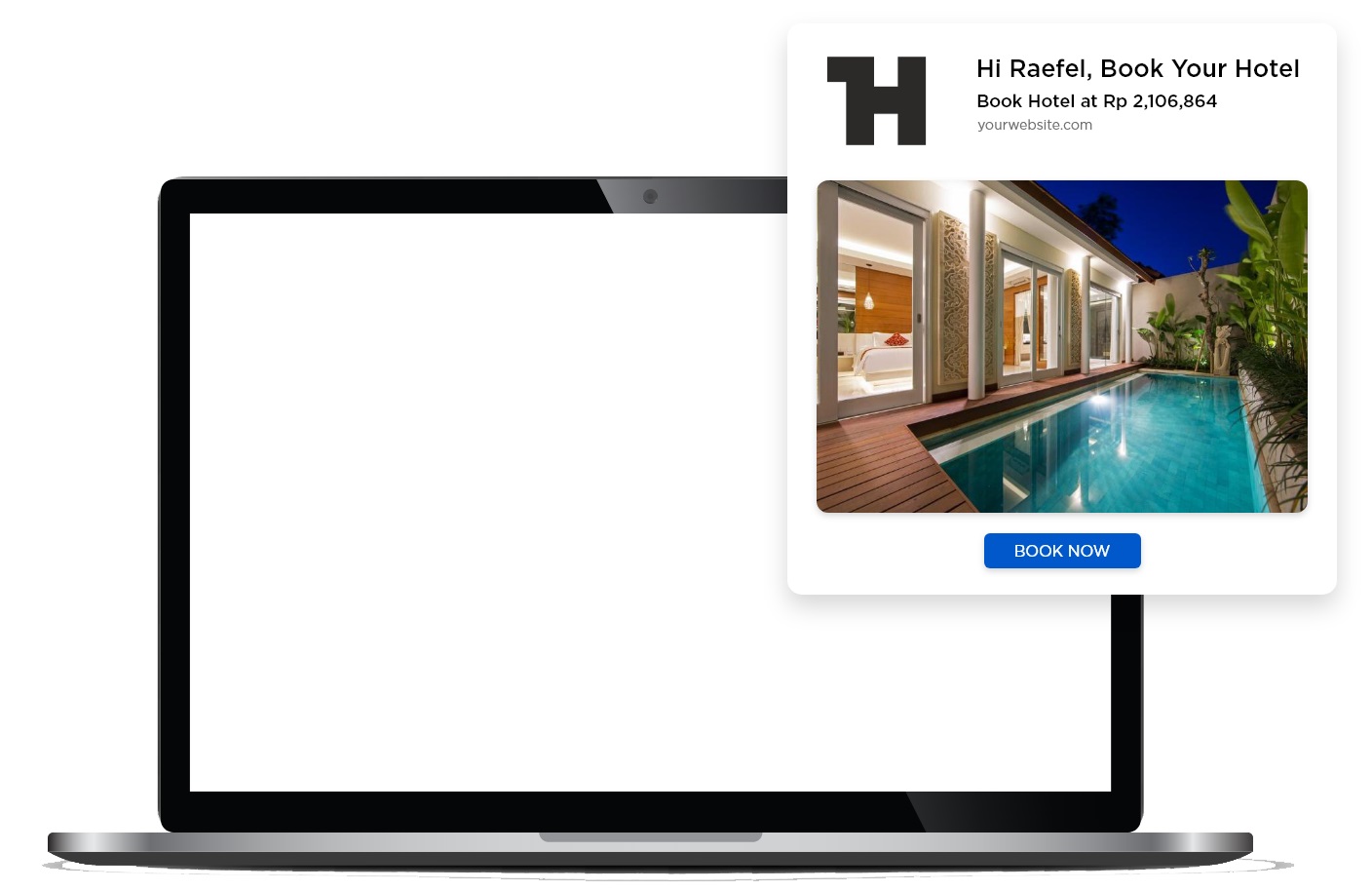Have you noticed little box just below the address bar when you visit a new site asking your permission to send you notifications? If yes, then you know what a web push notification is.
Most of the websites today use this re-engagement tool to communicate information about their products and services to their users. However, to stand out among your competitors, you need a robust strategy by understanding the fundamentals of browser push.
Before we move on to the strategies of web push notifications, it is essential to understand the components of it. The following section describes it in detail.
Components of a Web Push Notification
The performance of the web push notification depends on the optimization of its components. The following are the components that every push notifications we say consist of:
Title or headline: The title or headline is the most important feature of the browser push notifications. It speaks about what the notification is about and initiates interest among the users who view it. Moreover, the title describes the subject fo what to expect when the user clicks on it. Creating compelling and clear headline is a vital requirement to optimize its performance.
Message: The next part is the body that delivers the message that the push notification carries. It’s the space where you could design web push with all relevant information you want to relay to your users. Using some value proposition along with some urgency in the message can really ramp up your push performances.
Image: The image section helps you to provide a high-definition real-time image of the product or the services you are delivering the message about. It plays a crucial role in performance as it helps you strengthen the value proposition of the product.
CTA: CTA in a web push notification is the gateway to your website or the webpage that you want your users to land on when they are interested in your product or services. It must be designed such that it should stand out in the background and deep-linked to the landing page.
Web Push Notifications Best Practices
Now that you know about the components of web push notifications, you must look to optimize the designs of your push messages to deliver an impressive performance. To do so, the following best practices might be of help to you:
Opting In: Like any other marketing communication channel, even web push notifications need you to ask for consent from your users. Before sending push notifications, you need your users to opt-in to receive your messages. While asking for visitors to opt-in, you must also provide a clear indication of what they should expect from you when you send them the marketing messages.
Segmentation: Once you have users subscribing to your push notification, you must segment them in different groups according to the preferences and interests. You must keep these segments updated with fresh user data collected regularly according to the user activity on your website.
You can also use the data from the user responses to the browser push notifications you send to understand if there is any change in their online behavior. Certain platforms allow you to carry out real-time user segmentation based on real-time data of the users. You must leverage such platforms to optimize your push notification performance on your website. Segmentation allows you to send notifications based on your user preferences, thus making them more relevant
Content: The content of the notification is a crucial indicator of your push performance. The content must be clear, concise, and contain all the relevant information that the users might find helpful in making a purchase decision. Moreover, the content of the notifications is helpful in making a favorable impression among users with rich graphics, carousel notifications, product labels, and more. Please note that some of the features are specific to certain platforms, so you must validate the availability of these before you get on board of a push platform.
Automated campaigns: Your push notification campaign must be designed in such a way that you can automate its delivery to your target audience according to a specific schedule. You must look to derive insights using analytics to understand the engagement and conversion rate of your campaigns. Your campaign must allow you to take demographics, timing, user interests, segmentation. It should be able to help you scale your push notifications campaigns whenever you want.
Personalization: You are already aware of the various components of web push notifications. However, you must be able to design these components according to user interests. Subsequently, relevant messages can be used with your web push campaigns. Most of the platforms let you customize only selected fields, but certain platforms allow you to personalize these messages to include two CTAs, carousel product features, etc. You can also add social validation using product labels to display real-time user’s feedback. It not only help you to make your campaign more targeted. Hence It will also improve the response rate among your users, leading to better conversions.
Rounding Up
Web push notifications or browser push notifications is one of the effective ways to reengage your users. Moreover, it is a one-click opt-in, and the users don’t have to provide any personal details to receive notifications. Additionally, you can use browser push notifications to target your users even when they are not active on your website. Subsequently, with rich media push notifications with relevant product descriptions, it increases the chance of engaging your users.

